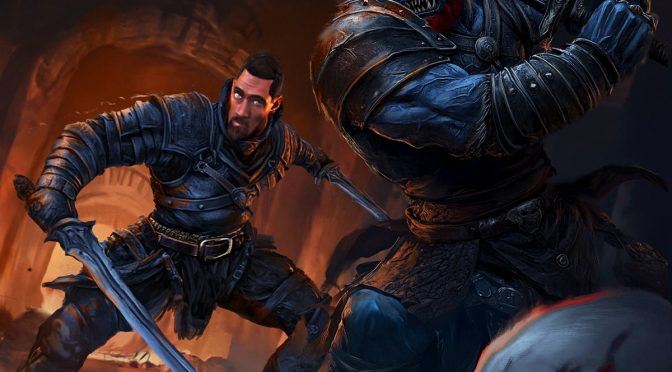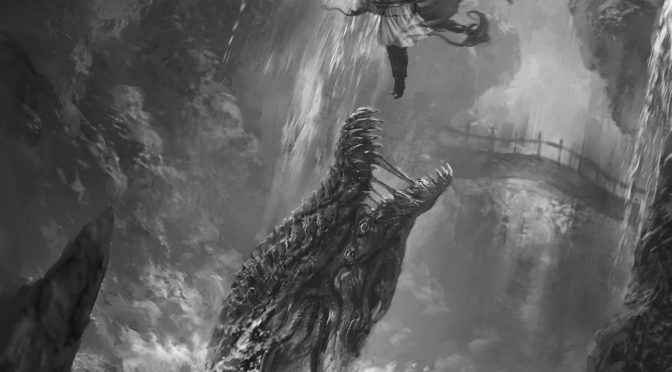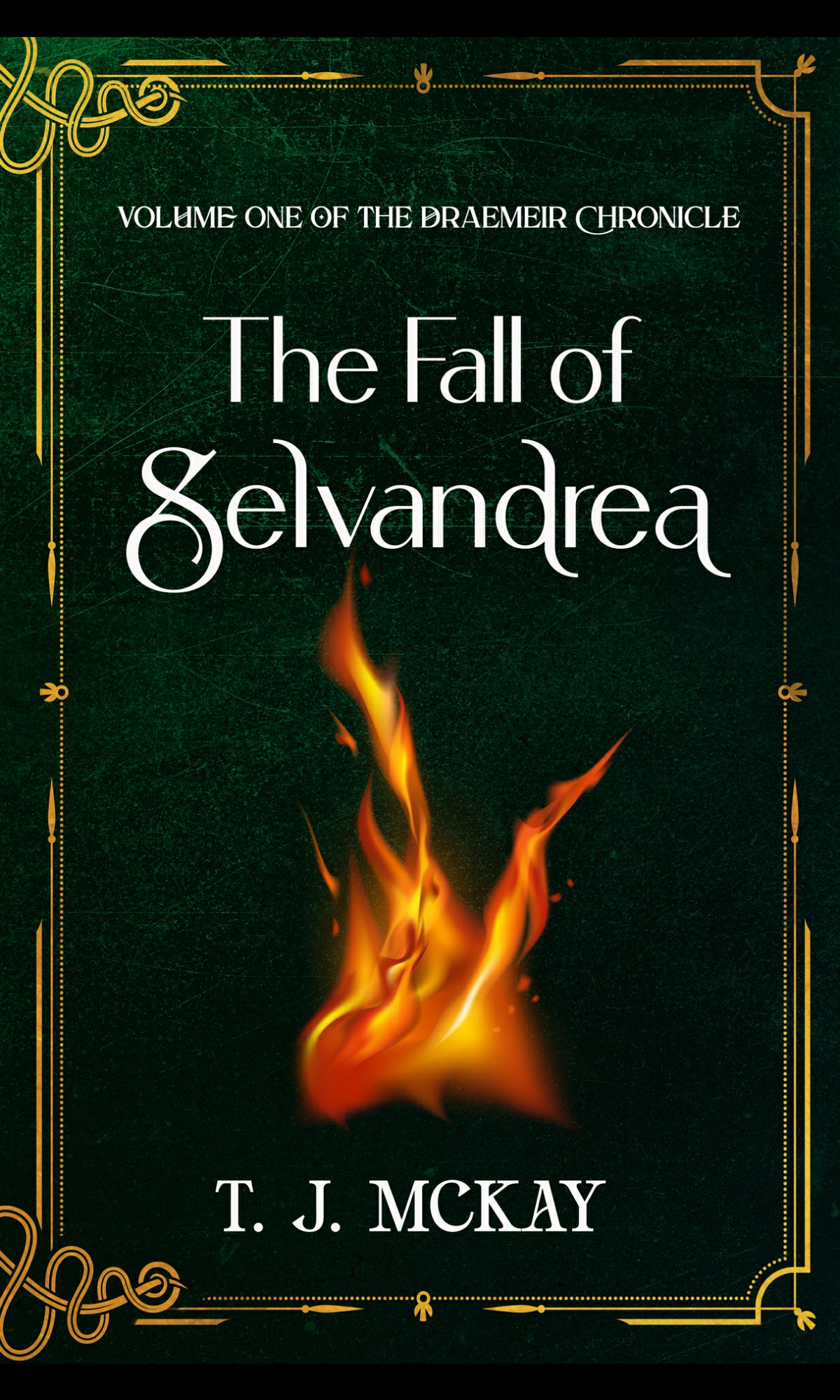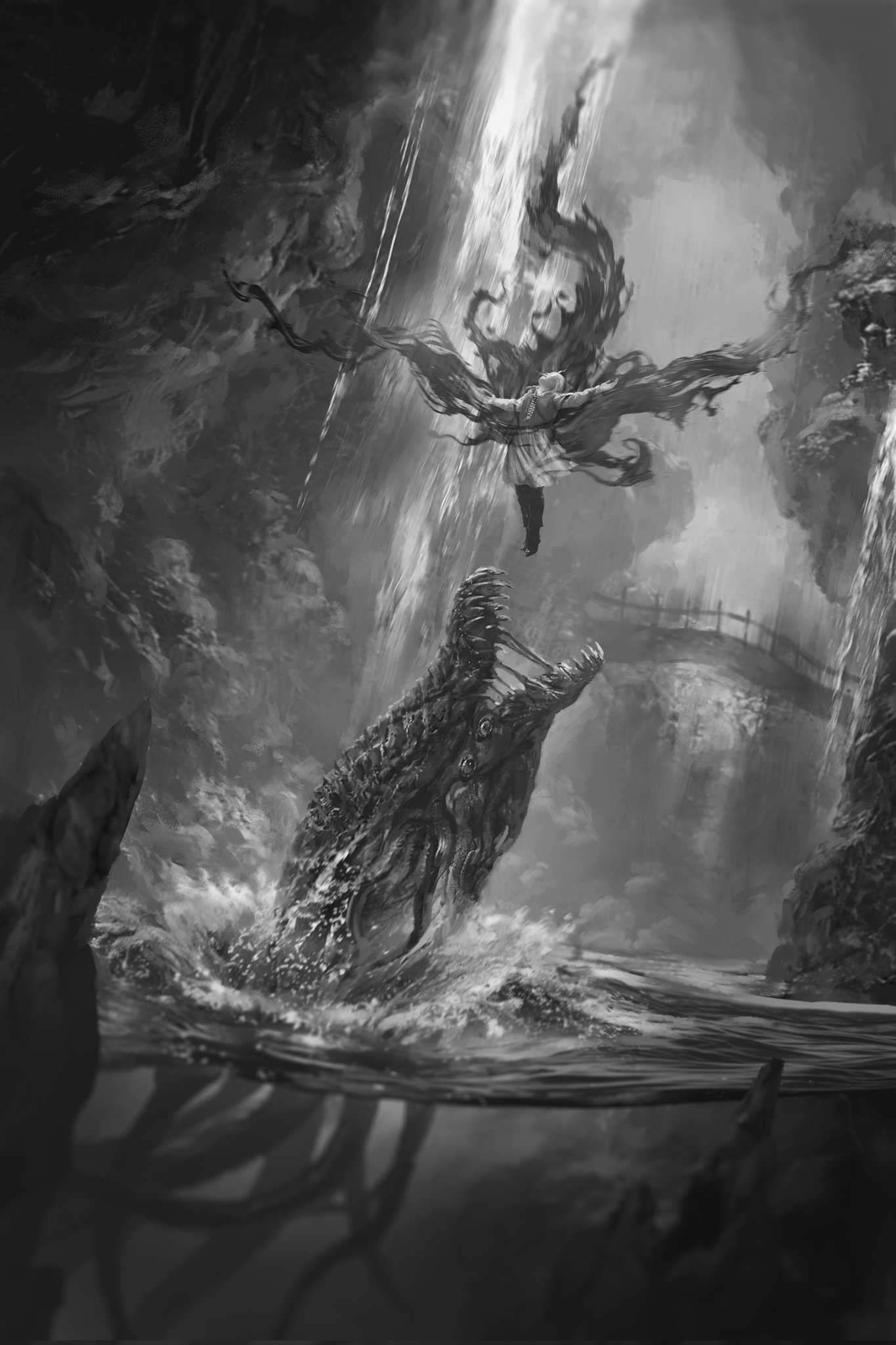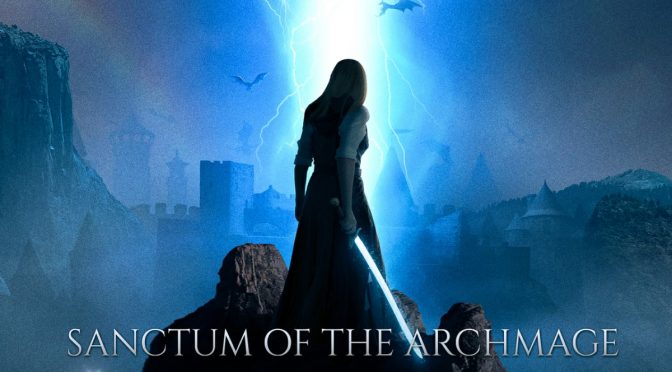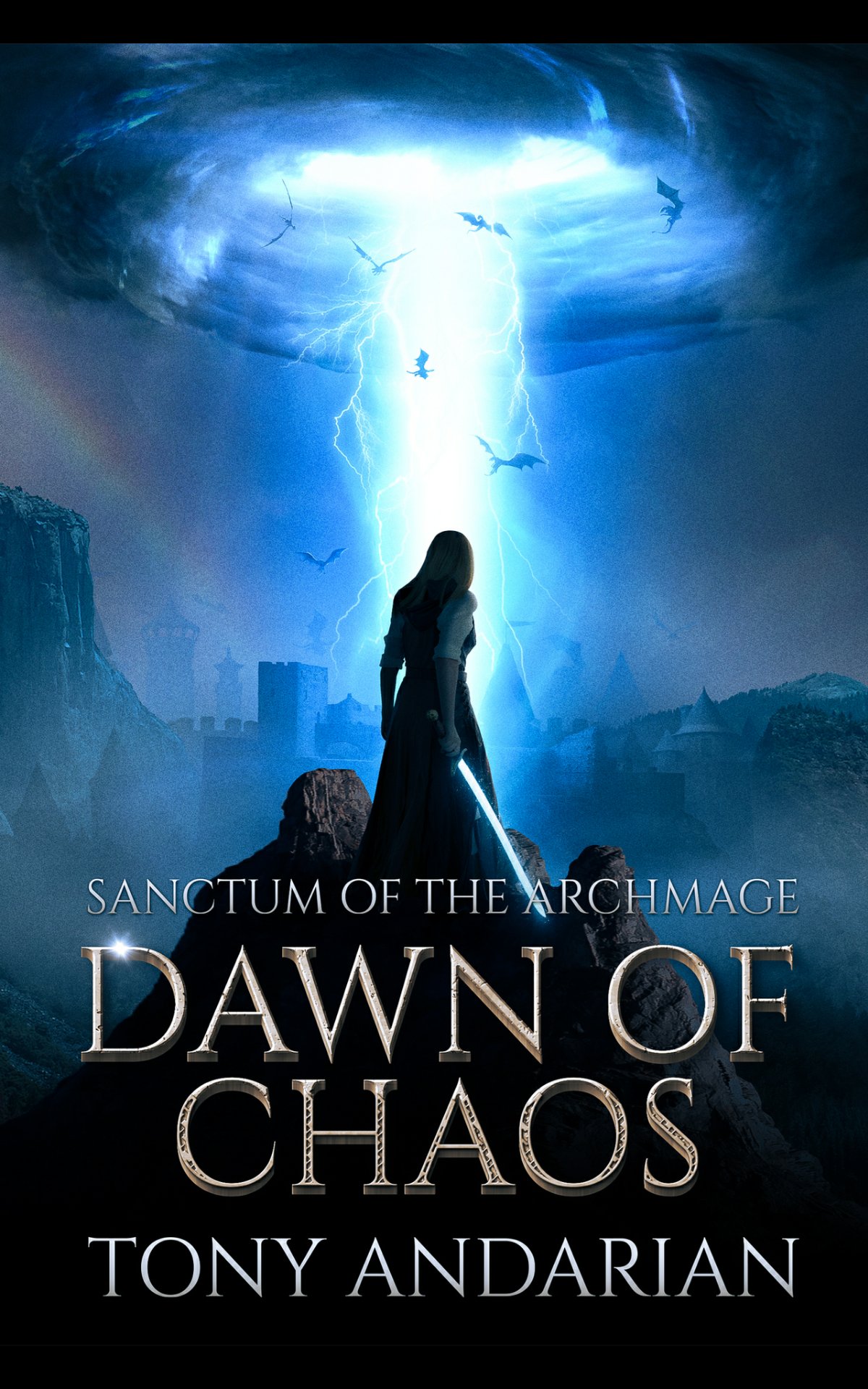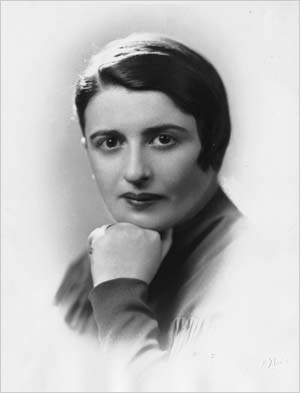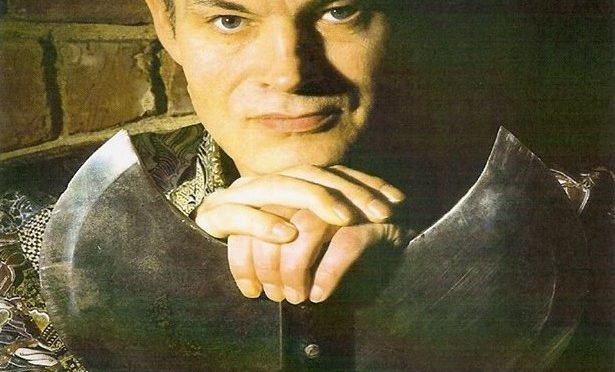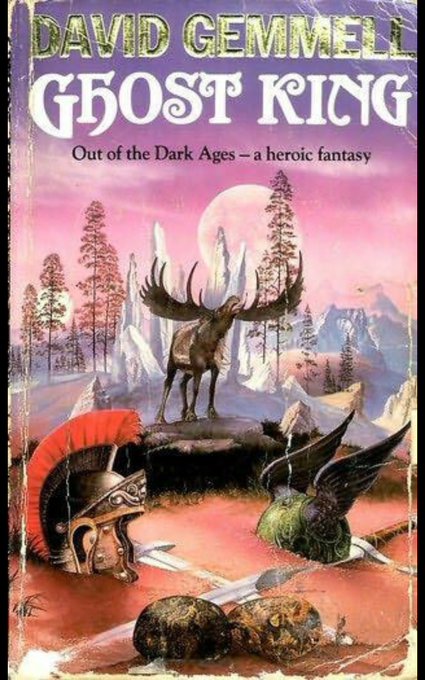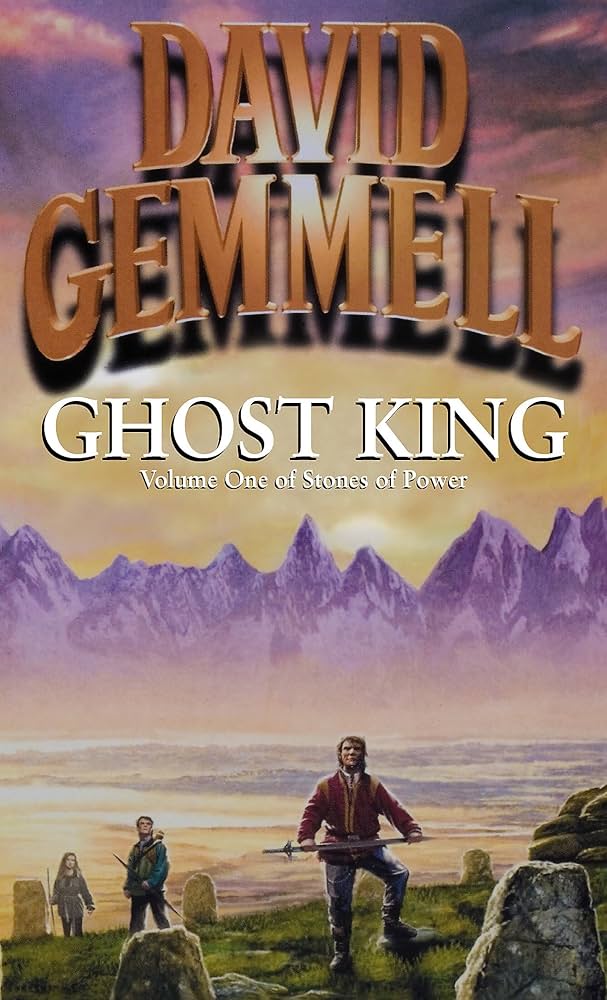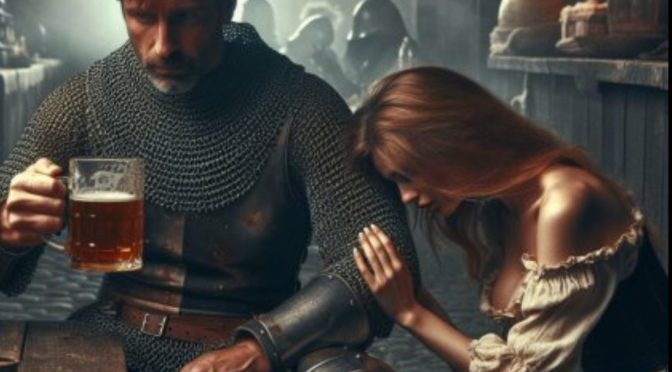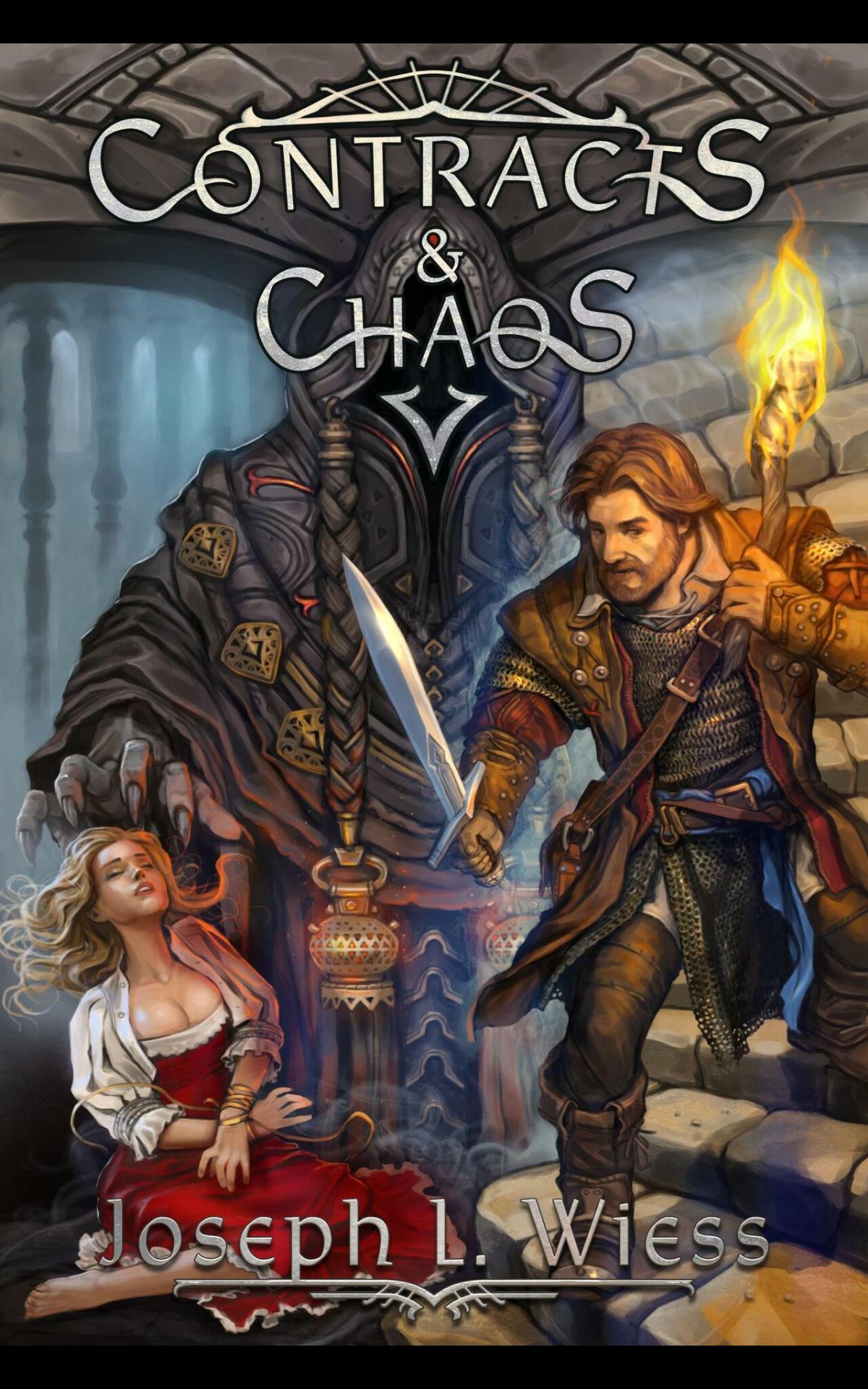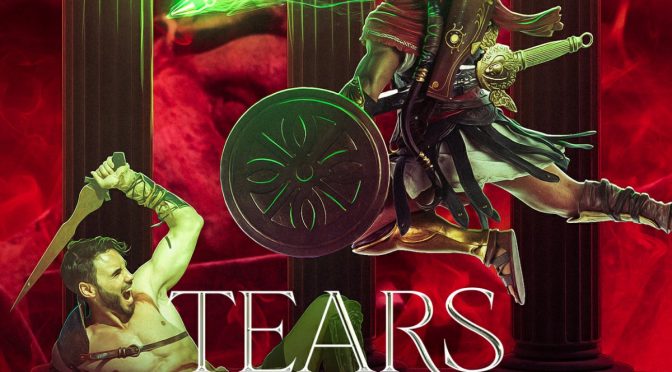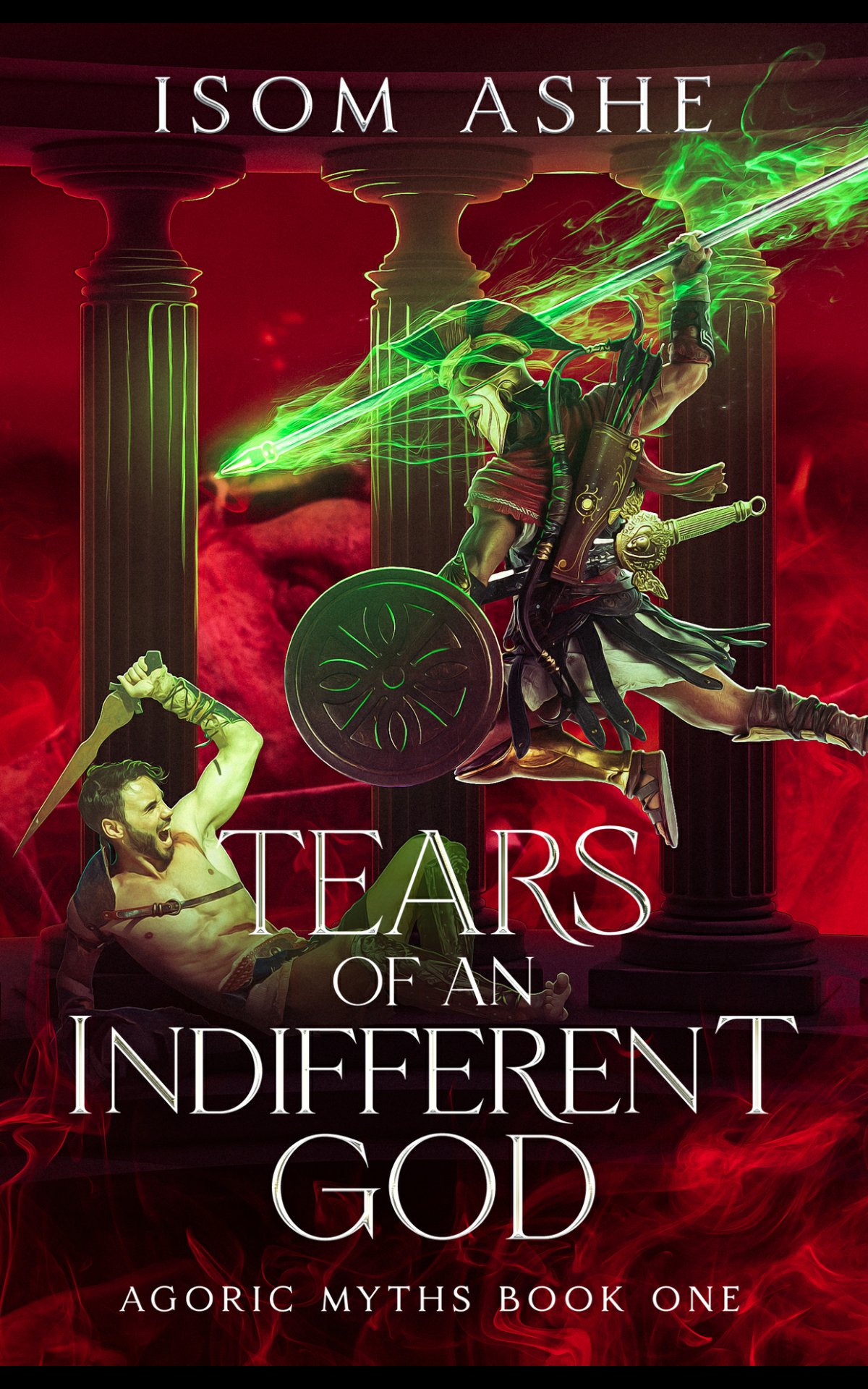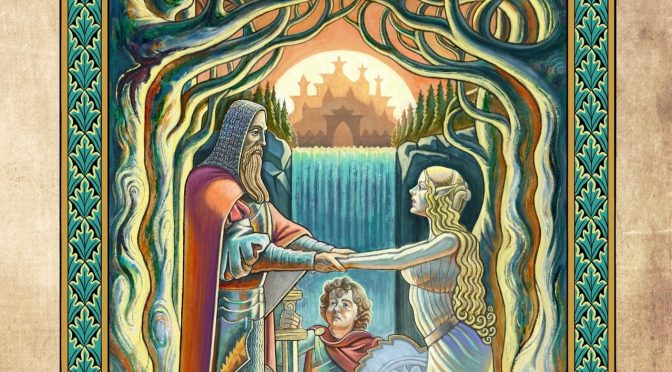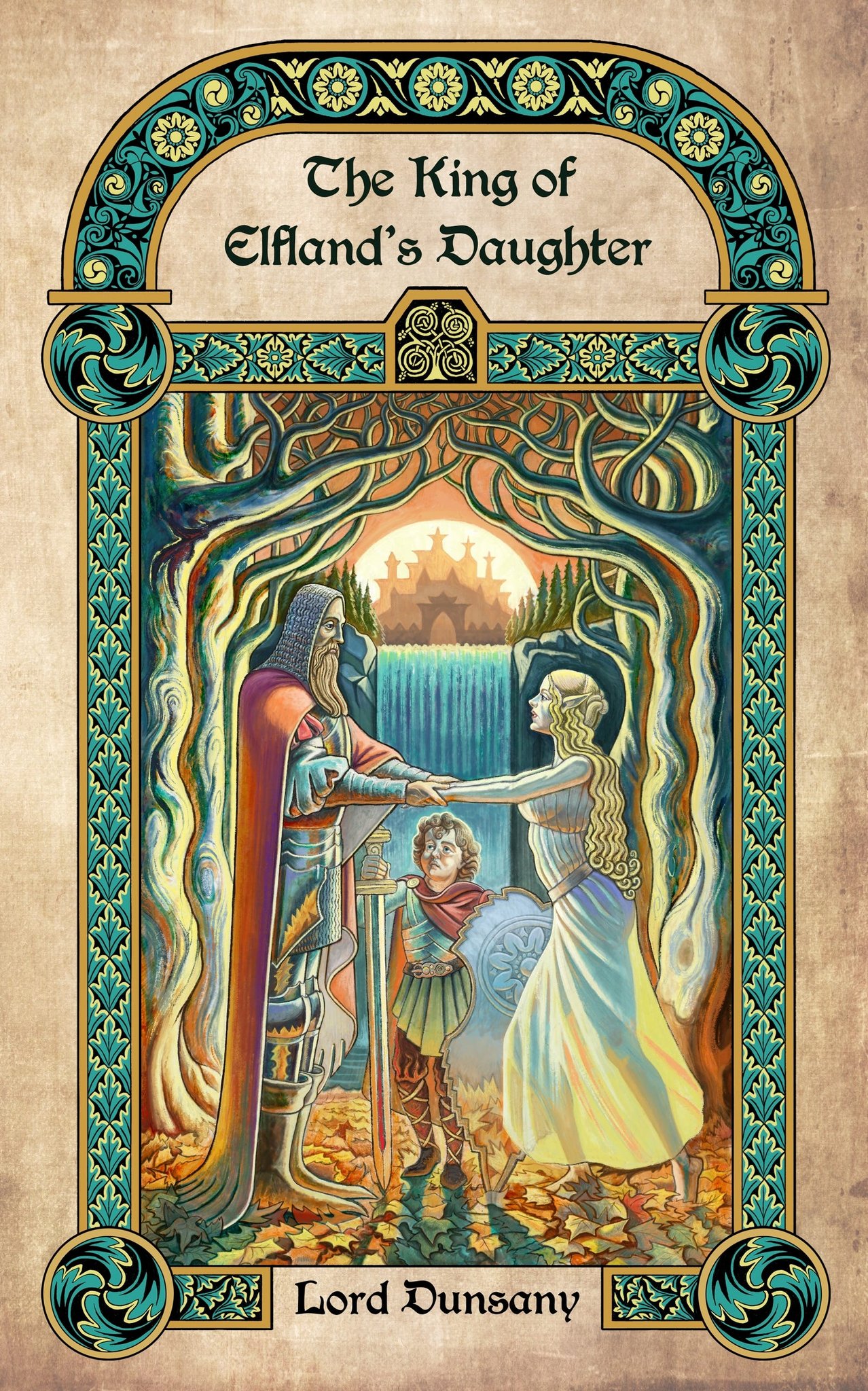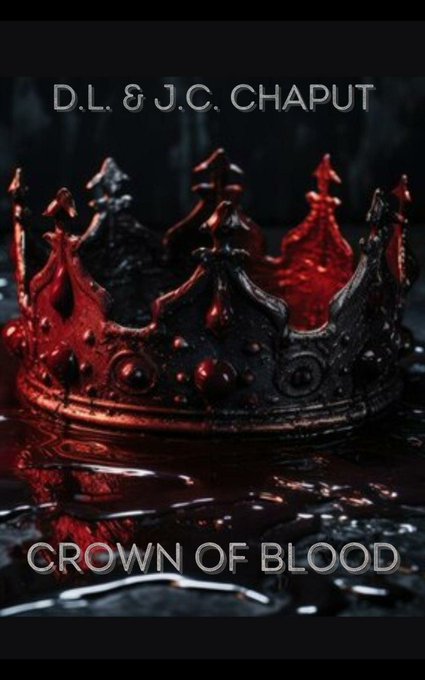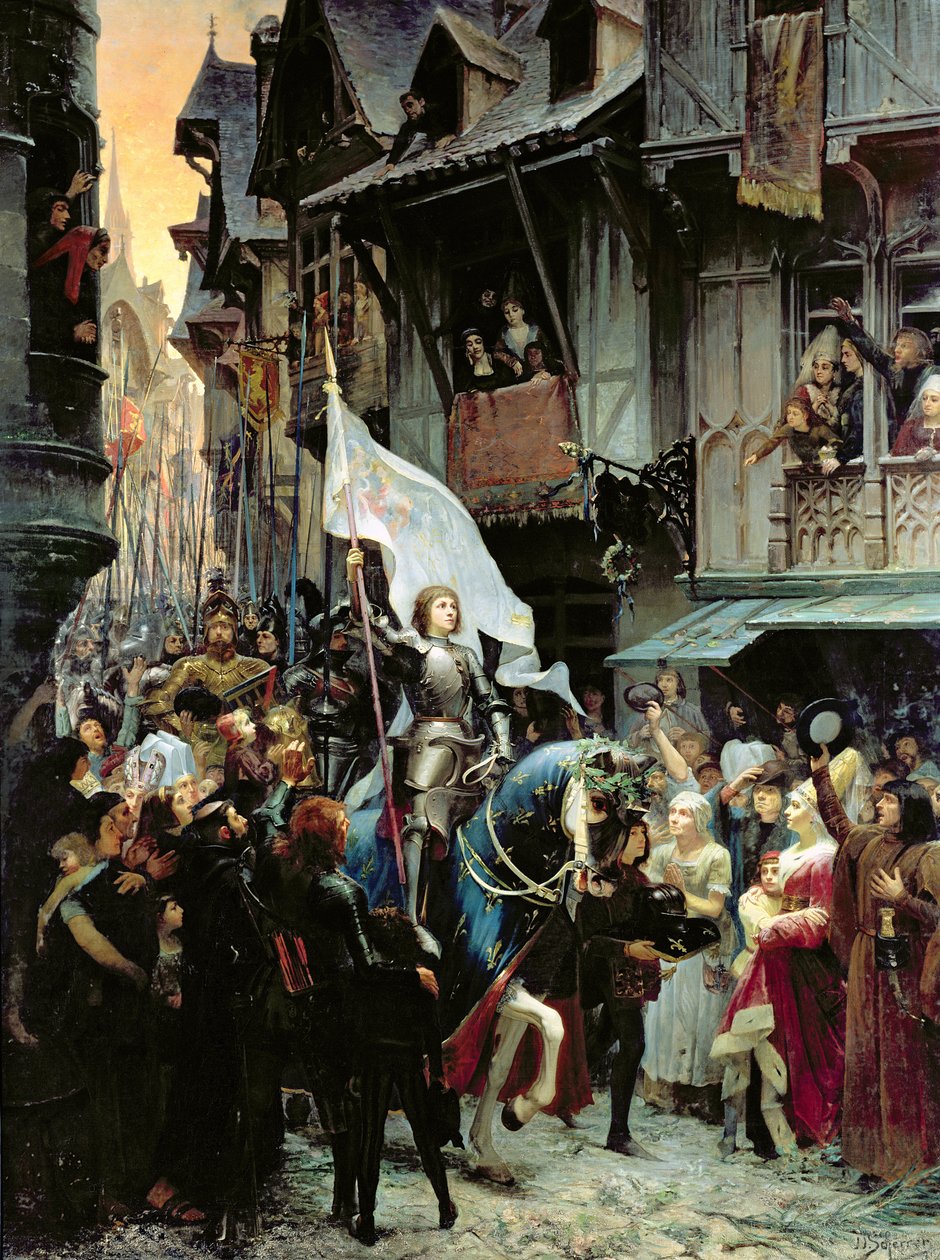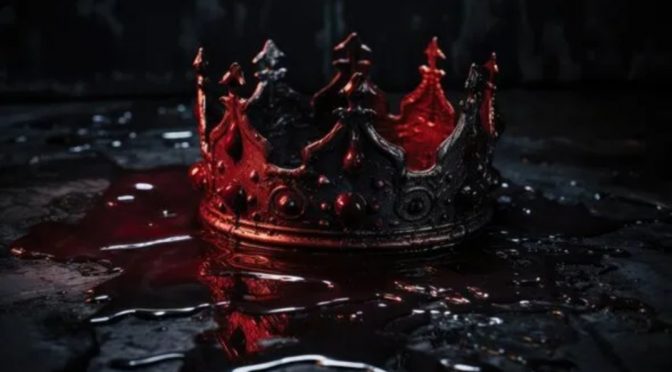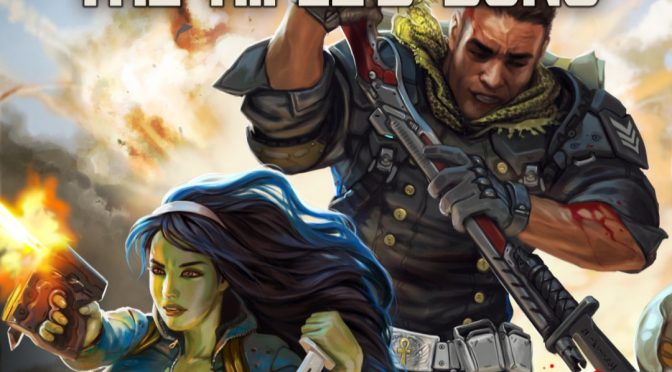Relentless Blades – Volume 1 of The Prophecies of Zarune by Russell Carroll (and a word from the author)
A review by INFAMOUS🦀
If there was one thing author R. Carroll wanted to accomplish with Relentless Blades that would be to present a story that even though might not be everyone’s ‘favorite cup of tea’, that it would at least come across as an undeniably well-written, professional, and competent work of fantasy literature.
Russell wrote Relentless Blades because of his love of ‘everything fantasy’ and Dungeons & Dragons in particular. It’s no exaggeration to say that the book was twenty-years in the making and a ‘love letter to his teenage-self’. In Russell’s own words:
“Remember, you’re never too old to pursue your dream!”
As for an author who inspired Russell? R. A. Salvatore and his Legends of Drizzt series is at the top of his list, and it clearly shows all throughout this first and exciting debut publication.
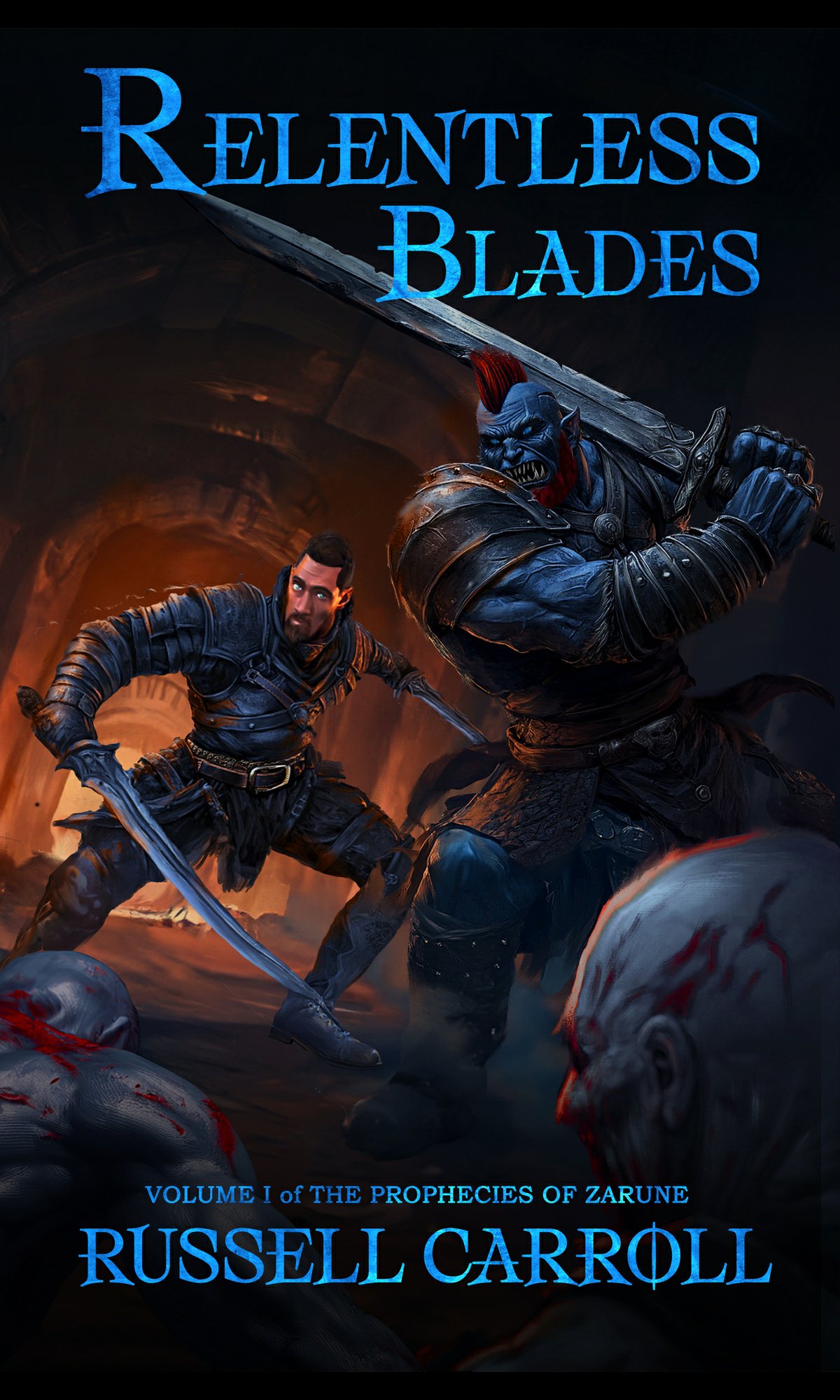
IN A NUTSHELL/CHARACTERS:
What is this book really about? And why should we be excited to read it?
Russell shares that:
“I determined to tell a fairly linear, character-driven story, that hints at a bigger picture and world, but without focusing on trying to explore the intricacies of multiple kingdoms.
As a debut author I was aware not to bite off too much.”
This is in fact part of the charm of RB. It’s easy to follow and because it is so well written we can quickly start to identify various relatable characters who don’t come across as dull or forgettable in the least. For example Grimlock, a skron halfbreed (skrons are kinda like blue-skinned orcs with orange hair), immediately becomes one of our favorite characters because although he is this apparently selfish hunter-for-hire, mountain of a humanoid, he has a conscience, and deep inside he values life and is resentful when a life is lost on his watch.
We have brothers Mathias and Val Braunstone, who on the surface couldn’t be any more different, the former being an esteemed Valadian Knight-Lieutenant while the latter choosing to put his abilities at the service of local crime lord Henshawe.
These are not your typical one-dimensional characters and the reader will feel easily drawn to the story thanks mostly to them.
PLOT:
When some ancient artifacts are found while mining near the Fractured Crags, a dispute for possessions of such items ensues between the Valedians, who claim such artifacts belong to them as they were found within their territory, and the Vragoths, who claim that the artifacts found are clearly of Vragothian origins.
We will quickly learn that the Mazzinoth’s Eggs are more than meets the eye, and they can become potentially a most devastating weapon in the wrong hands. If the Vragoths acquire the recently discovered scepter, they will unlock the way to awaken the dragons within the eggs.
A seemingly unorthodox group of heroes led by Grim and Vig are the only chance to stop the unleashing of dragons by the Vragoths. Find the enchanted scepter and stop the ritual before it’s too late. This is their mission.
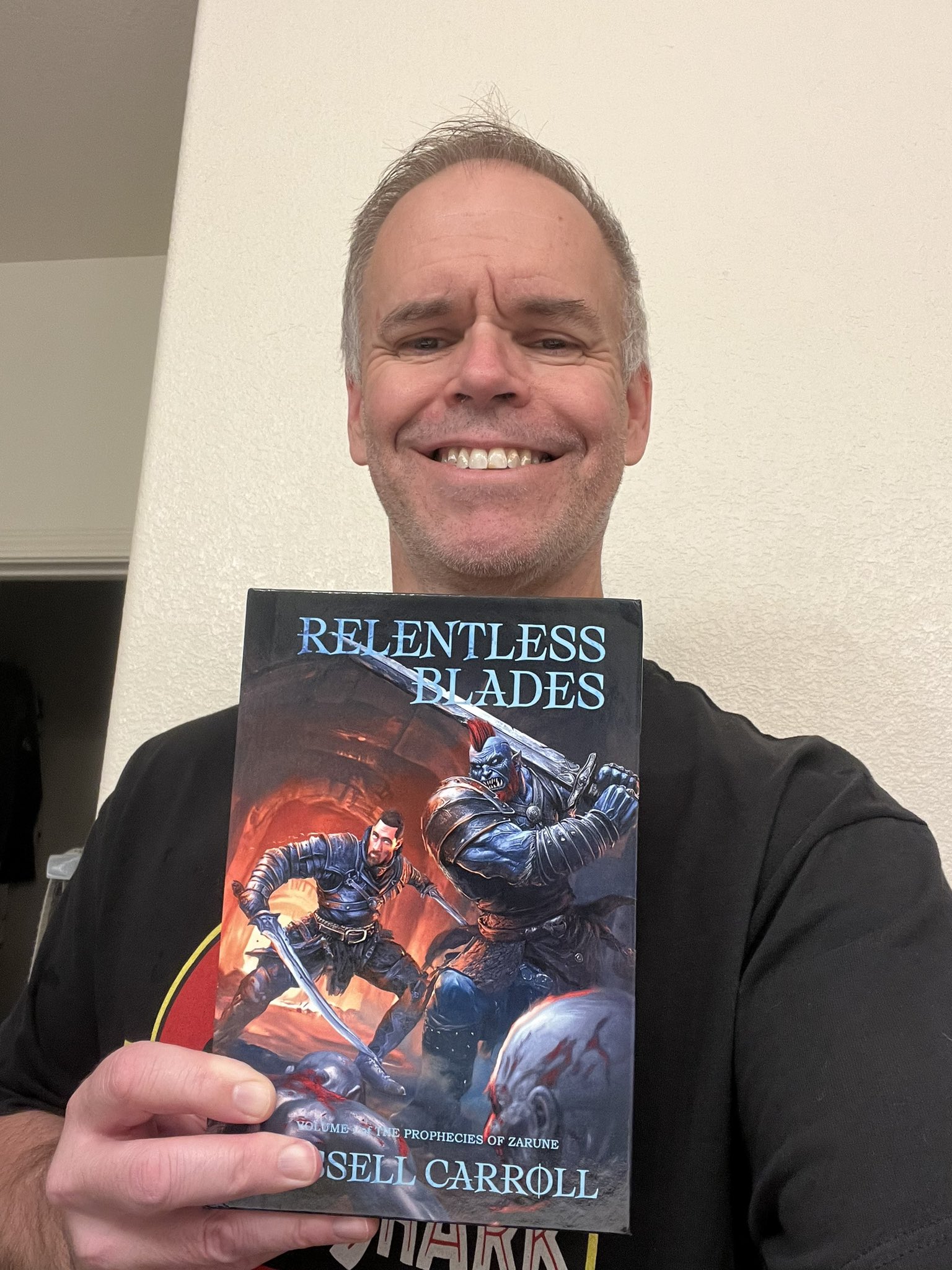
A FRESH OUTLOOK:
Beyond the very well-written action scenes and suspenseful fights, where this book really stands out is in tackling noble virtues like altruism, courage, and kindness but in ways that feel very organic within the story and not forced into the narrative.
When Vig, who has dealt with dyslexia all his life, finds the compassion and the support of Everleign all he can say is:
“My whole life, I’ve felt ashamed of my problem, but you didn’t make me feel bad about it.”
To which Everleigh replies:
“Why would I do that? Acknowledging your limitations and seeking help to overcome them shows bravery. I’d never mock someone for that.”
And THAT is where this story really shines and becomes more than just another forgettable fantasy/action trope. In showing strength but also vulnerability in his characters, Russell manages to hit a home run with this debut publication.
CONCLUSIONS:
I always felt that fantasy literature had gotten more nihilistic in the last decade. The YA books are literally polluting the market and the ‘Game of Thrones’ types of books are a bit too much for my taste with their grey areas of morality.
Relentless Blades reminds me of the Dragonlance books and Salvatore’s D&D books we used to read decades ago. This is a story ‘with soul’: friendship, courage, honesty and perseverance in the face of adversities is what makes this relevant and it leaves an impression on the readers.
Russell communicates with vivid images that life is precious and fighting for others is a just and righteous cause.
The prose is snappy and concise without giving in to the insufferable modern-day euphemisms that pollute our everyday social media. A smart choice that always pays off in the long run.
It is exciting to see how this new fantasy realm will further unfold and I sure look forward to it!
🦀

